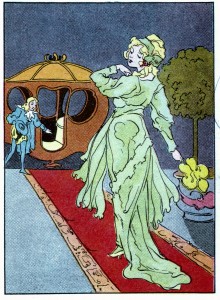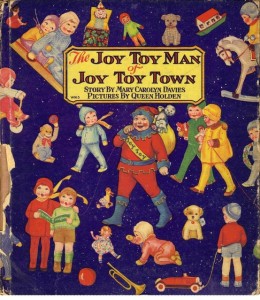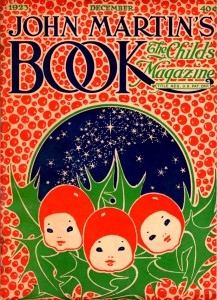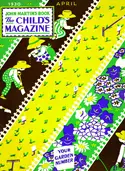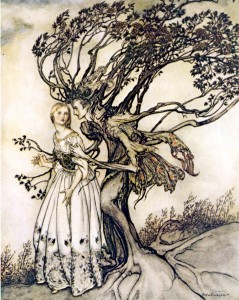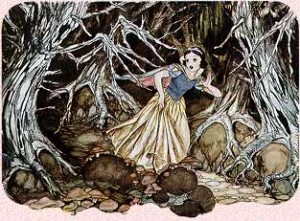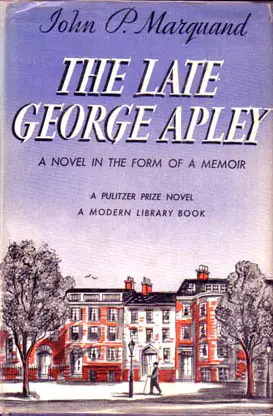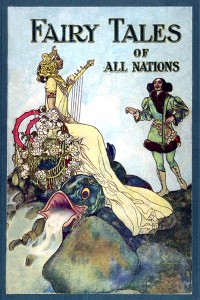
There’s nothing like the excitement and anticipation when a long sought book arrives in the mail. I had two gems stuffed in the mailbox within days, and a third as a bonus. When the books are vintage children’s illustrated ones, the thrill of cutting loose the tape (usually with anything that seems remotely sharp, like pens, keys, nail files, because the scissors are too far away for my impatient fingers), ripping the tough cardboard, unwrapping the newspaper or other protectant and finally touching the front boards, is exquisite. Since I’ve ended jewelry making and turned to selling digital downloads, I’m allowing myself purchases of illustrated books that normally would have been passed by, because the artwork within wouldn’t register small enough for a pin. Nothing extravagant, my budget ranges from 10 to 28 bucks-tops. Usually on the lower end, because it doesn’t make sense to spend a lot of dough on a book if you cannot reclaim it through sales. Naturally, I convince myself the only reason I want these particular items is for the business, not for the sheer pleasure of owning them.

